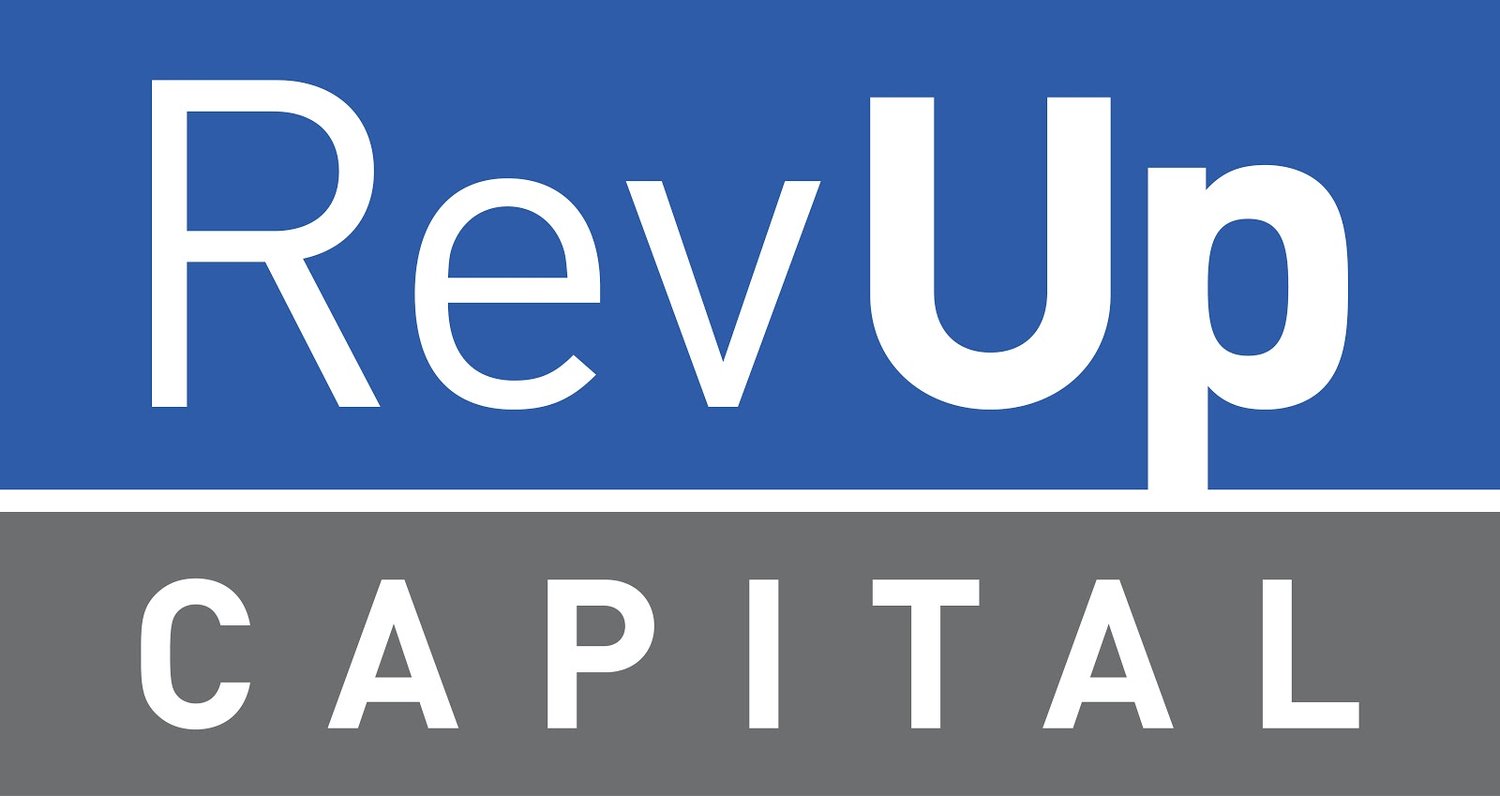AI Like You Mean It: How to Stop Dabbling and Start Doing
by Allan Tear
Everyday I hear founders saying they're planning to "adopt AI" by the end of next quarter - or even worse - by the end of the year. By then they'll already be behind.
I'm not surprised many founders are delaying getting started; many are still playing with AI like it's a new toy, or consuming the deluge of LinkedIn AI how-to posts to "learn".
So what does it take to get off the starting block? Simple. Choose a starting point. Across the RevUp Portfolio we're seeing teams choose one unlock that would cause the business to run better, faster, or cheaper. One pinch point where a lack of resources - time, money, or human - has been rate limiting growth. Or one "aha moment" where, if delivered, the company could stand out from the competition.
Here are three real examples from the RevUp portfolio, and an important lesson that you can apply in your own AI journey.
Pick a Process, Any Process
Enterprise customers write the biggest checks, but they come with the biggest operational nightmares. Every integration becomes a custom project. Every onboarding takes weeks or months for IT, security, and integration. You close a deal and then spend months in implementation hell.
One of our fintech teams was getting crushed by these long timelines. An added bonus was that the customer wouldn't pay until the system was live. And their enterprise security meant no third-party AI tools could be active inside the firewall.
So they built their own AI workflows focused on ingesting onboarding data and speeding up integrations, which can operate compliantly in the leadup to go live. Now onboarding that used to take a few months can happen in days.
Lesson: Pick one problematic or time consuming process, and focus team energy and effort there. Avoid customer objections, if possible. Once you've gone deep with one applied AI solution, others will appear. The road reveals itself as you walk it.
Let the AI Free You to Be More Human
Everyone's freaking out about AI replacing creative work. But creative work isn't about turning the crank. It's about having something interesting to say. Demonstrating taste and building trust through authenticity. In other words, AI can't give you a point of view, but it can clear the tedious clutter that keeps you from articulating one.
A video company in our portfolio is centered around capturing authentic human stories. Humans are the star of their show. But they use AI everywhere else: capturing, editing, fixing quality, publishing across platforms, even scheduling posts for optimal engagement. Most interestingly, it turns out they don't need a human interviewer to prompt their storytellers and get great content. Using an AI avatar interviewer freed their staff from expensive trips to conferences and trade shows, just to man a camera.
Lesson: the hardest part of creativity is the busy work that surrounds and distracts from it. Be firm about the core of your company's value, and dedicate your humans to that core. Chip away at the personal and company tasks that decrease unique human input.
Make Sense of the Mess
Most businesses of any scale have messy data. Spreadsheets and word docs outside of the official systems of record that document how work actually got done. Then forgotten or abandoned. The breadth and depth of this information goes well past the memory and processing power of any individual team member.
One procurement platform in our portfolio discovered their customers were drowning in vendor data scattered across dozens of sources. Contracts lived in one system, invoices in another, communications in email threads, portal updates everywhere. Their customers were making million-dollar vendor decisions with incomplete information.
They deployed AI agents to pull everything together - contracts, invoices, emails, support tickets, portal updates. But the real breakthrough wasn't just aggregation. The AI started spotting patterns their analysts never would have caught. Vendors who looked good on paper but had subtle red flags buried in support conversations. Compliance issues that only became visible when you looked at the full picture.
Lesson: The bottleneck isn't collecting data - it's making sense of it. If your team is making important decisions with incomplete information because the full picture is too scattered to see, that's an AI problem worth solving
Stop Dabbling, Start Doing
If you’re like most companies that started before the AI boom, you are trying to figure out how to integrate AI while keeping your business running. Rather than spend time on your AI strategy, dive in. Pick the one part of your business that’s sticky — the thing that’s too slow, too expensive, or too manual — and point AI at it. Not for the learning, but for the results.
The sooner you stop planning and start doing, the sooner your business gets faster, smarter, and harder to beat.
______
More About RevUp Capital
RevUp Capital invests in B2B and B2C companies that are revenue-driven and ready to double down on growth. We deploy cash and capacity to help companies grow from $1-3M to $10-30M, quickly and efficiently, using a revenue-based model. Companies enter our portfolio with $500K-$3M in revenue, a strong growth rate, and a team that’s ready to scale. Our typical investment range is $300K-$500K.
More at www.revupfund.com
More About The Author
Allan Tear is Managing Partner at RevUp Capital, where he helped pioneer a non-dilutive investment model now backing 60+ early-stage, revenue-driven companies. A 4x founder and longtime startup investor, Allan thrives on working side-by-side with founders to improve their odds of success.
